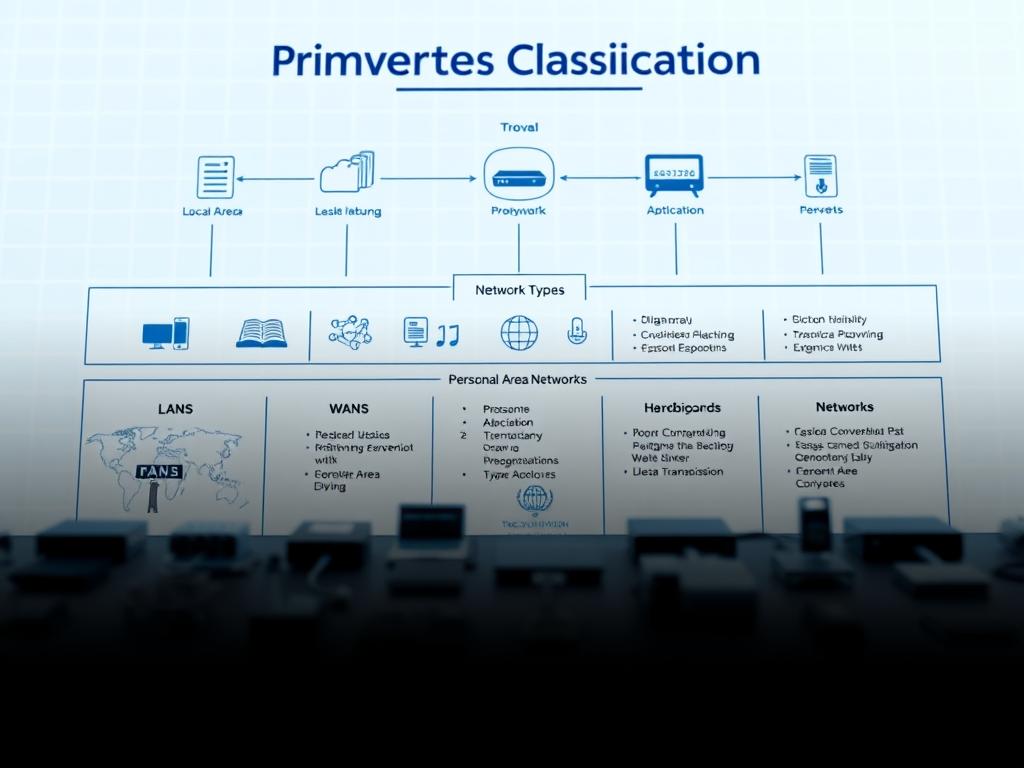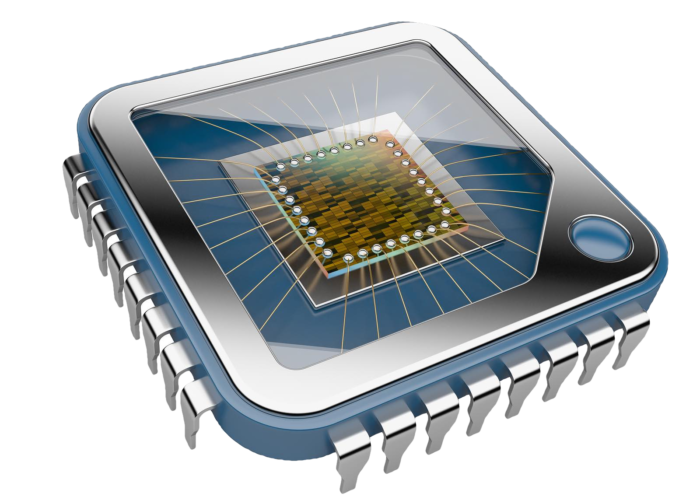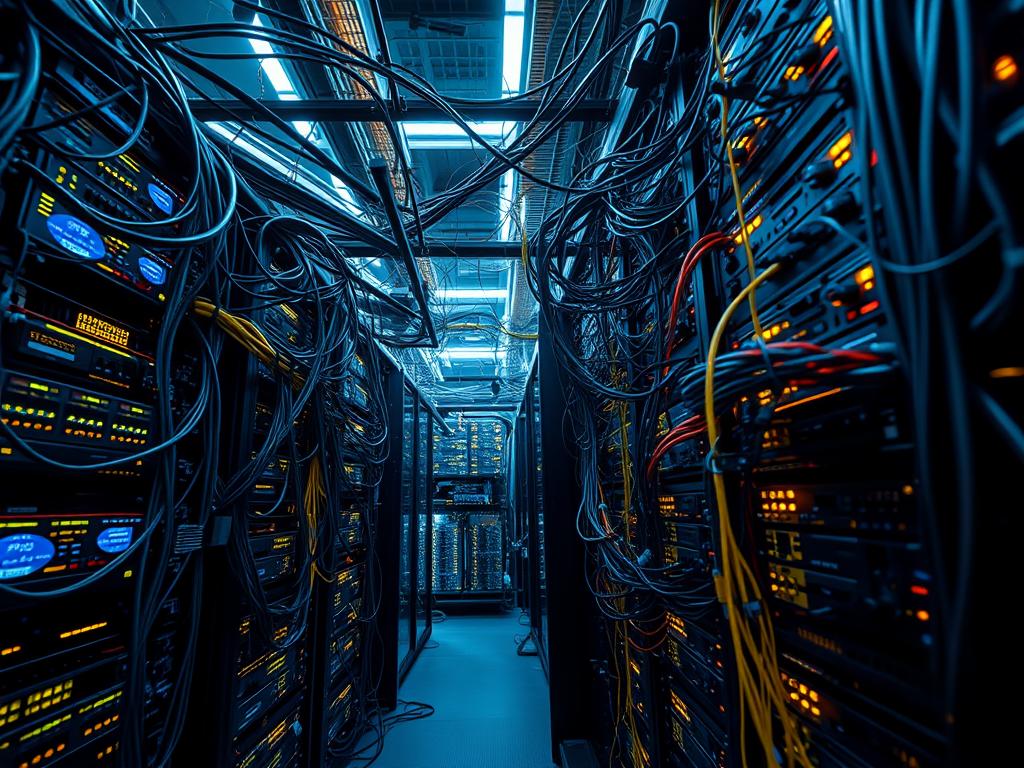Computer networks are the invisible backbone of global communication in our digital age. They represent sophisticated systems that connect devices and share information. These networks enable data transmission across various distances using different technologies.
Networks come in diverse configurations, from personal smartphone connections to complex global systems. They facilitate seamless data sharing, changing how we interact in the modern world.
The main purpose of a computer network is to establish reliable communication channels. These networks create pathways for transmitting digital information quickly and efficiently. This can be done through wired or wireless technologies.
Network types vary significantly, including Personal Area Networks (PAN) and Local Area Networks (LAN). There are also Metropolitan Area Networks (MAN) and Wide Area Networks (WAN). Each category serves unique communication requirements.
These networks support everything from personal device interactions to international business operations. They continue to revolutionise how we communicate, work, and share information. Computer networks have evolved from early experiments to today’s sophisticated global infrastructure.
What is a Computer Network and its Core Components
Computer networks are the digital nervous system of modern technology. They connect devices and enable seamless communication across vast distances. These intricate systems form the backbone of our interconnected world.
They transform how we share information, collaborate, and access resources. Computer networks are sophisticated ecosystems of devices, protocols, and infrastructure.
A computer network allows multiple computers to exchange data efficiently. It comprises network devices, communication protocols, and infrastructure. These elements work together to share resources across the network.
Fundamental Network Components
Understanding the essential components of computer networks reveals their complexity:
- Network devices such as routers, switches, and servers
- Connectivity links (wired and wireless)
- Communication protocols governing data transmission
- Network interface cards (NICs)
- Transmission media like ethernet cables and wireless signals
Network Architecture Essentials
Network architecture defines how different network components interact and communicate. The two primary architectural models are:
- Client-Server Architecture: Centralised resource management
- Peer-to-Peer Architecture: Distributed resource sharing
| Network Component | Primary Function | Example Devices |
|---|---|---|
| Routers | Manage network traffic | Cisco, Netgear |
| Switches | Connect network segments | HP ProCurve, Juniper |
| Servers | Provide centralised resources | Dell PowerEdge, IBM |
Computer networks have evolved significantly since ARPANET in the late 1960s. Today’s global internet showcases remarkable technological progress. It connects billions of devices worldwide, reshaping our digital landscape.
Primary Categories of Computer Networks
Network classification helps us grasp the complex world of digital connections. Each type serves a unique purpose. They link devices and systems across various scales and settings.

Computer networks are structured based on several key traits. These include geographical coverage, transmission methods, and organisational intent. Knowing these classifications helps users choose the right network for their needs.
Personal Area Networks (PAN)
Personal Area Networks are the most intimate form of network connectivity. They typically cover a small range of about 10 metres. PANs connect personal devices like smartphones, laptops, and wearable tech.
These networks use short-range wireless technologies such as Bluetooth. PANs show how tech can create seamless personal connectivity in our daily lives.
- Cover a small range of approximately 10 metres
- Connect personal devices like smartphones, laptops, and wearable technology
- Utilise short-range wireless technologies such as Bluetooth
PANs demonstrate how technology can create seamless personal connectivity in our daily lives.
Local Area Networks (LAN)
Local Area Networks link devices within a limited geographical area. They span from a few metres in homes to hundreds in large offices. LANs support high-speed data transmission.
These networks enable shared resources like printers and internet connections. Wired LANs remain more secure compared to wireless alternatives due to physical cable requirements.
- Spanning from a few metres in homes to hundreds of metres in large offices
- Supporting high-speed data transmission
- Enabling shared resources like printers and internet connections
Wide Area Networks (WAN)
Wide Area Networks are the broadest network type. They connect multiple LANs across vast geographical regions. WANs are vital for linking networks across different cities or countries.
These networks support global business communications. They also enable internet connectivity worldwide.
- Interconnecting networks across different cities or countries
- Supporting global business communications
- Enabling internet connectivity
Understanding these network types helps organisations design robust, efficient communication systems. They can tailor these infrastructures to their specific needs.
Network Infrastructure and Connectivity
Network connectivity is the digital backbone of modern organisations. It bridges communication gaps through advanced tech solutions. The global enterprise network infrastructure market is worth nearly USD 60 billion, growing 4.9% yearly.
Modern network infrastructures blend wired and wireless networks. This creates seamless communication ecosystems. These systems enable organisations to achieve unmatched efficiency and collaboration.
Wired vs Wireless Technologies
Network technologies fall into two main transmission methods:
- Wired networks: Utilising physical cables for data transmission
- Wireless networks: Employing radio signals and electromagnetic waves
Network Protocols and Standards
Effective network connectivity relies on standardised communication protocols. These ensure smooth data exchange across various tech platforms.
| Network Type | Speed | Coverage |
|---|---|---|
| Local Area Network (LAN) | High | Limited geographical area |
| Wide Area Network (WAN) | Lower | Cities or countries |
| Metropolitan Area Network (MAN) | Medium | Regional coverage |
Communication Methods in Networks
Advanced network infrastructures support:
- Centralised data management
- Enhanced security protocols
- Scalable communication frameworks
The future of network infrastructure is exciting. It’s moving towards virtualised, software-defined, and cloud-integrated systems. These will transform how organisations communicate and operate.
Network Security and Management
Network security is vital in today’s digital world. It shields against complex cyber threats. Over 72% of businesses faced ransomware attacks in 2023, highlighting the need for strong cybersecurity.

Network management faces tricky digital challenges. Cybersecurity experts must keep up with new threats. They need to create thorough protection systems.
Common Security Threats and Innovative Solutions
Cyber criminals always look for weak spots in networks. Key security issues include:
- Ransomware attacks targeting remote workers
- Unpatched software vulnerabilities
- Unauthorized network access
- Data breaches and information theft
“In cybersecurity, prevention is always better than cure.” – Security Expert
Best Practices for Network Management
Strong network security needs a layered approach. Key strategies include:
- Multifactor Authentication (MFA)
- Endpoint Detection and Response (EDR)
- Regular security audits
- Employee cybersecurity training
Future Trends in Network Security
New tech is changing network security. Artificial Intelligence and machine learning improve threat detection. They allow quick responses to complex cyber attacks.
Companies are using advanced tools like XDR. AI-powered threat intelligence helps prevent security breaches. These tools keep organisations safe from new threats.
The Future of Computer Networks
Computer networks are evolving rapidly, driven by groundbreaking technologies. Cutting-edge innovations are changing how we interact with digital ecosystems. By 2025, the Internet of Things will connect 75 billion devices, creating new opportunities.
AI in networking is becoming a game-changer. Organisations report up to 30% reduction in network latency and 25% improvement in management efficiency. Machine learning algorithms are getting smarter, enabling predictive analytics for network performance.
The global network automation market is set to exceed $10 billion by 2025. This signals a big shift towards intelligent, self-managing network infrastructures. Smart cities and IoT are working together to create more efficient urban environments.
5G networks will support over 1.5 billion connections. This will enable advanced applications in autonomous vehicles, telemedicine, and real-time data processing. Cloud-based networking solutions are growing at an impressive 24% annual rate.
The future of computer networks is about creating more connected and intelligent systems. These systems will change how we live, work, and interact with the world. From quantum networking to advanced machine learning, the next decade promises exciting digital transformation.









